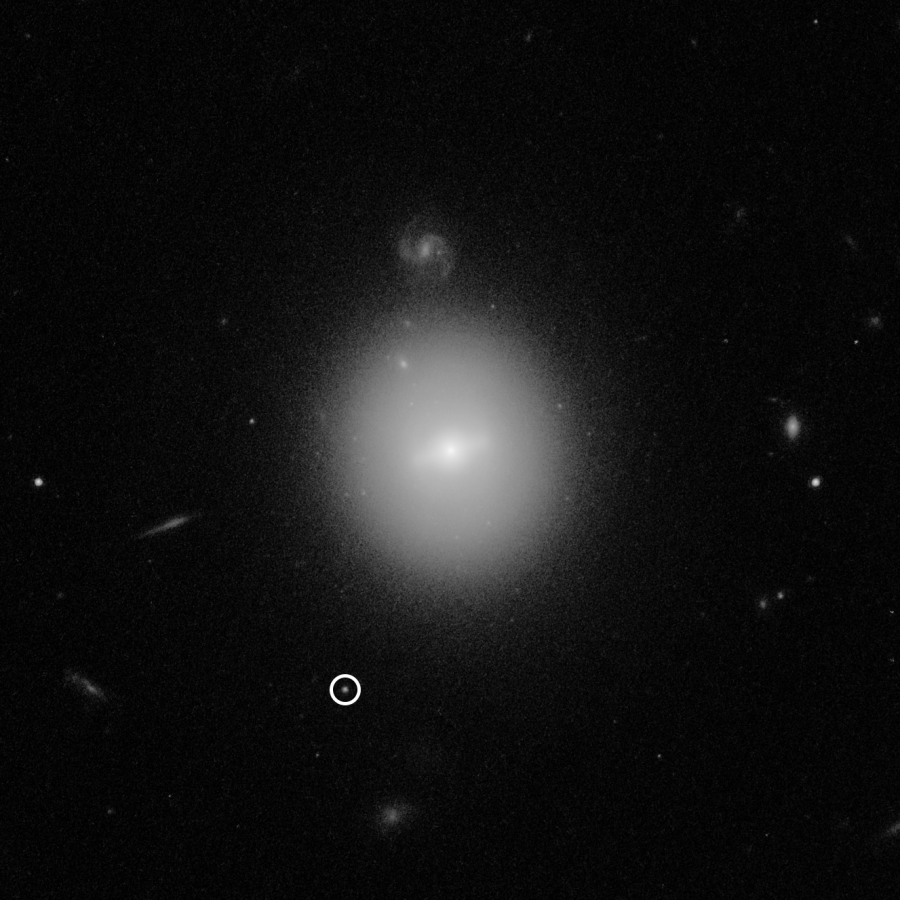DURHAM, N.H. (WLNS) – Like Sherlock Holmes, astronomers have found clues of a cosmic homicide.
A black hole of an elusive class known as “intermediate-mass,” betrayed its existence by tearing apart a wayward star that passed too close.
These so-called intermediate-mass black holes (IMBHs) are a long-sought “missing link” in black hole evolution. Researchers consider these new observations the strongest evidence yet for mid-sized black holes in the universe.
It took the combined power of two X-ray observatories and the keen vision of NASA‘s Hubble Space Telescope to hunt down the cosmic beast.
“Intermediate-mass black holes are very elusive objects, and so it is critical to carefully consider and rule out alternative explanations for each candidate. That is what Hubble has allowed us to do for our candidate,” said Dacheng Lin of the University of New Hampshire, principal investigator of the study.
Lin and his team used Hubble to follow up on leads from NASA’s Chandra X-ray Observatory and the European Space Agency’s X-ray Multi-Mirror Mission (XMM-Newton).
In 2006 these satellites detected a powerful flare of X-rays, but they could not determine whether it originated from inside or outside of our galaxy. Researchers attributed it to a star being torn apart after coming too close to a gravitationally powerful compact object, like a black hole.
Surprisingly, the X-ray source, named 3XMM J215022.4−055108, was not located in a galaxy’s center, where massive black holes normally would reside. This raised hopes that an IMBH was the culprit.
Weighing in at about 50,000 times the mass of our Sun, the black hole is smaller than the supermassive black holes at the cores of large galaxies but larger than stellar-mass black holes formed by the collapse of a massive star.
Because IMBHs are smaller and less active than supermassive black holes, astronomers essentially have to catch an IMBH red-handed in the act of gobbling up a star.

Credits: NASA, ESA and D. Lin (University of New Hampshire)
















